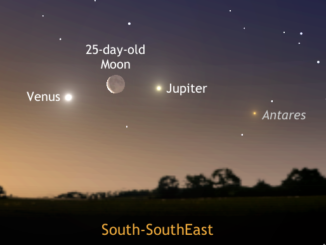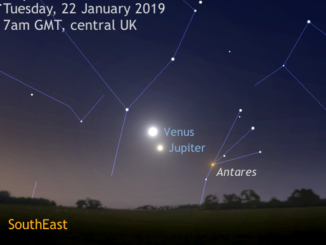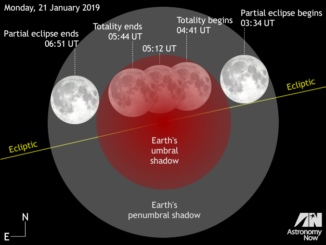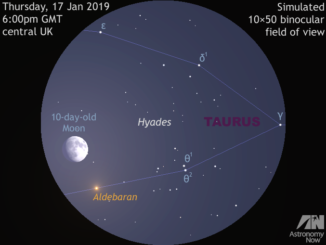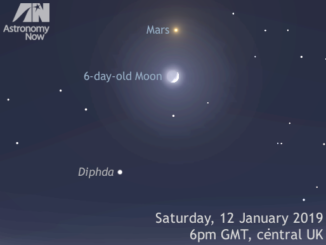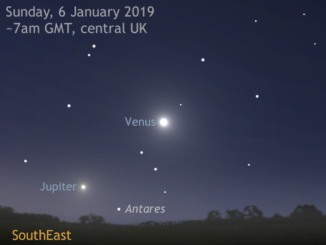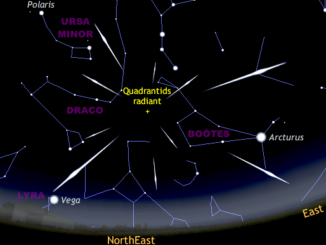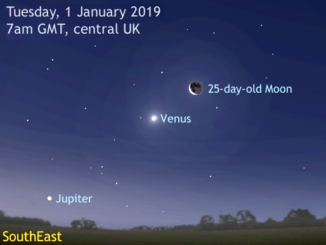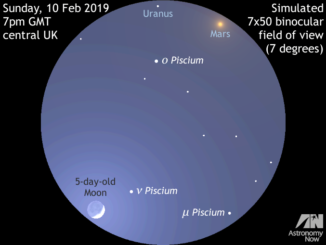
See Mars, Uranus and the Moon get close on 10 February
Have you ever seen planet Uranus? If skies are clear in the UK and Western Europe on the evening of Sunday, 10 February, see this icy gas giant less than 2 degrees (or four lunar diameters) from Mars and 6 degrees from the 5-day-old crescent Moon. In fact, you’ll see all three in a single view of wide-angle binoculars like 7×50s.


